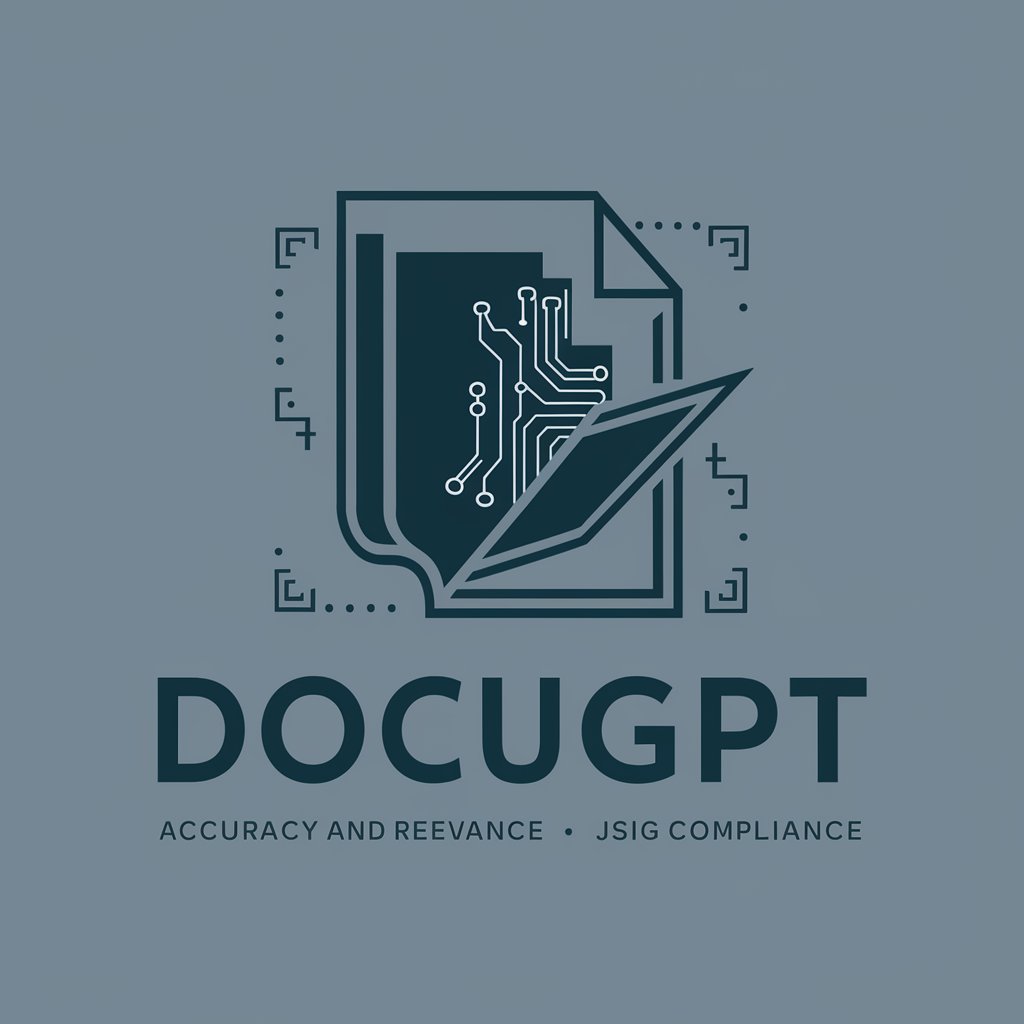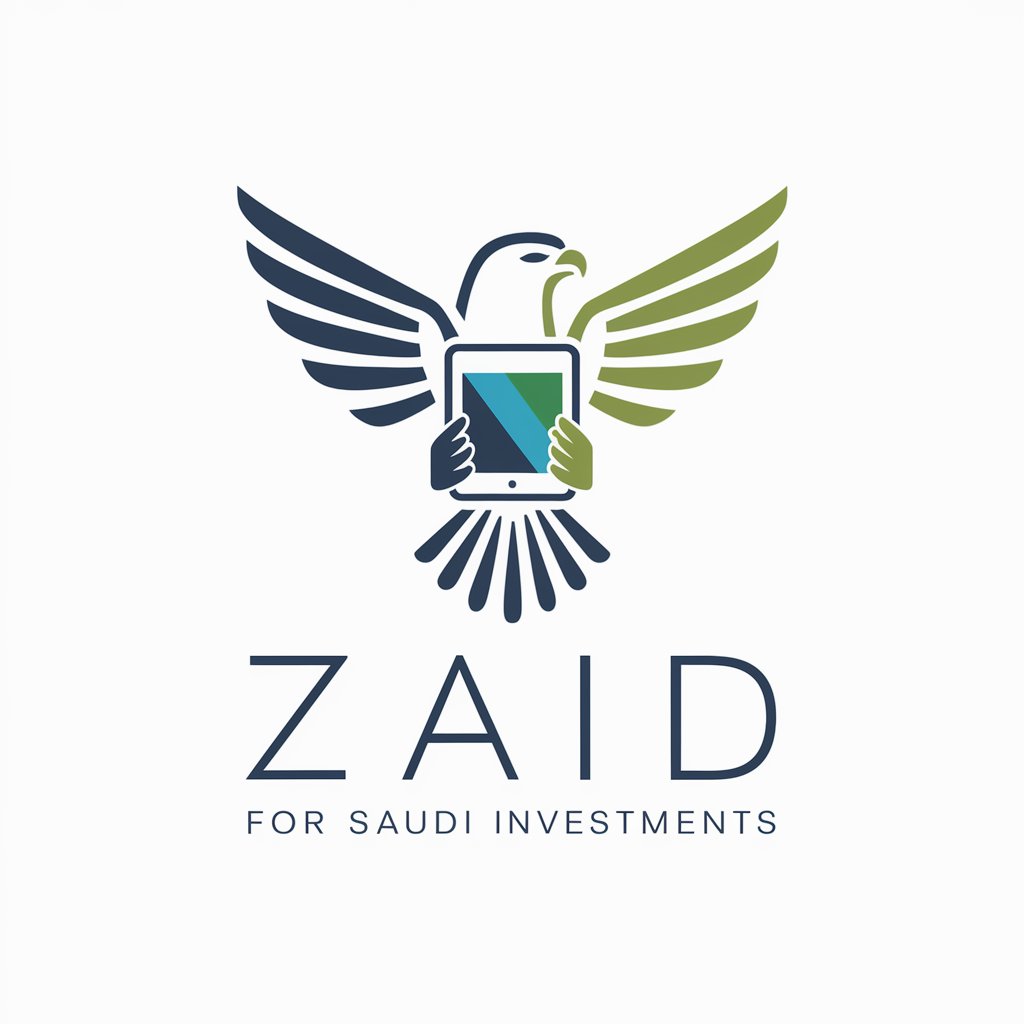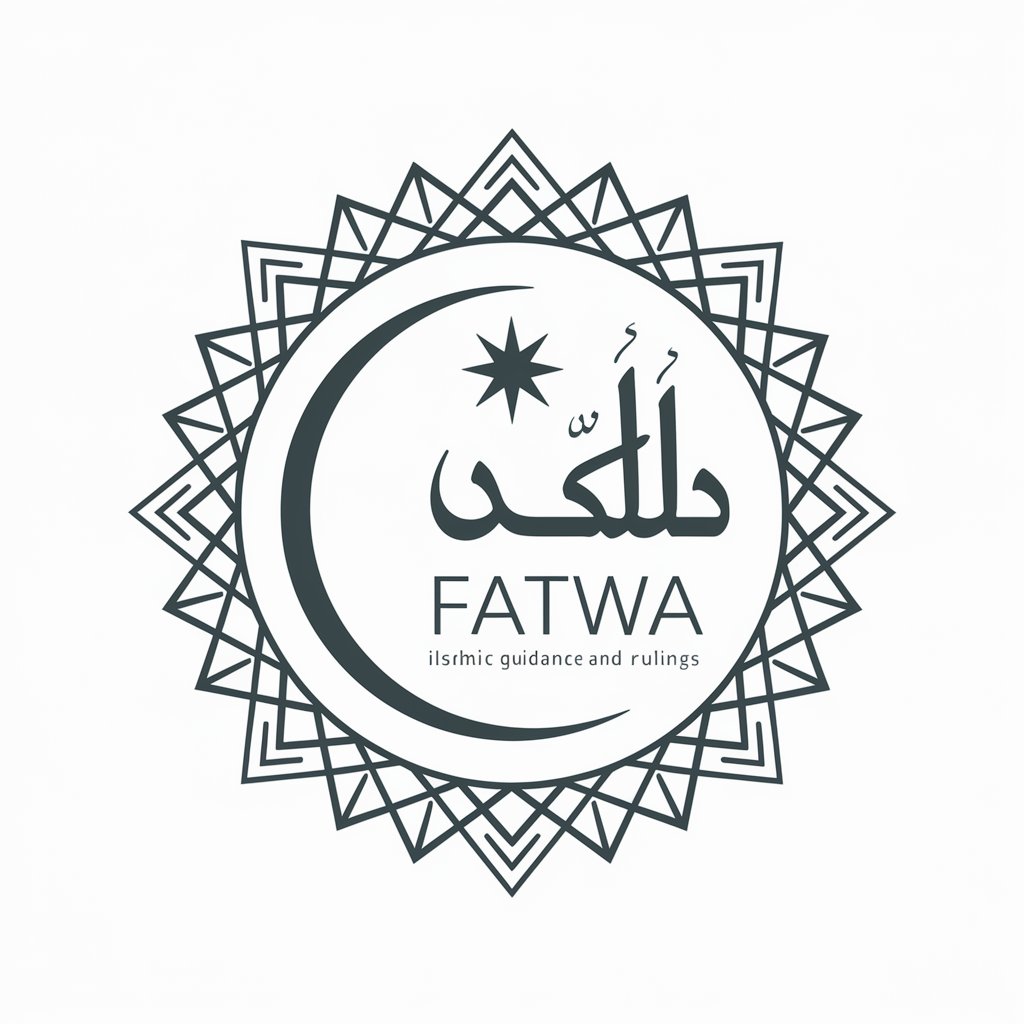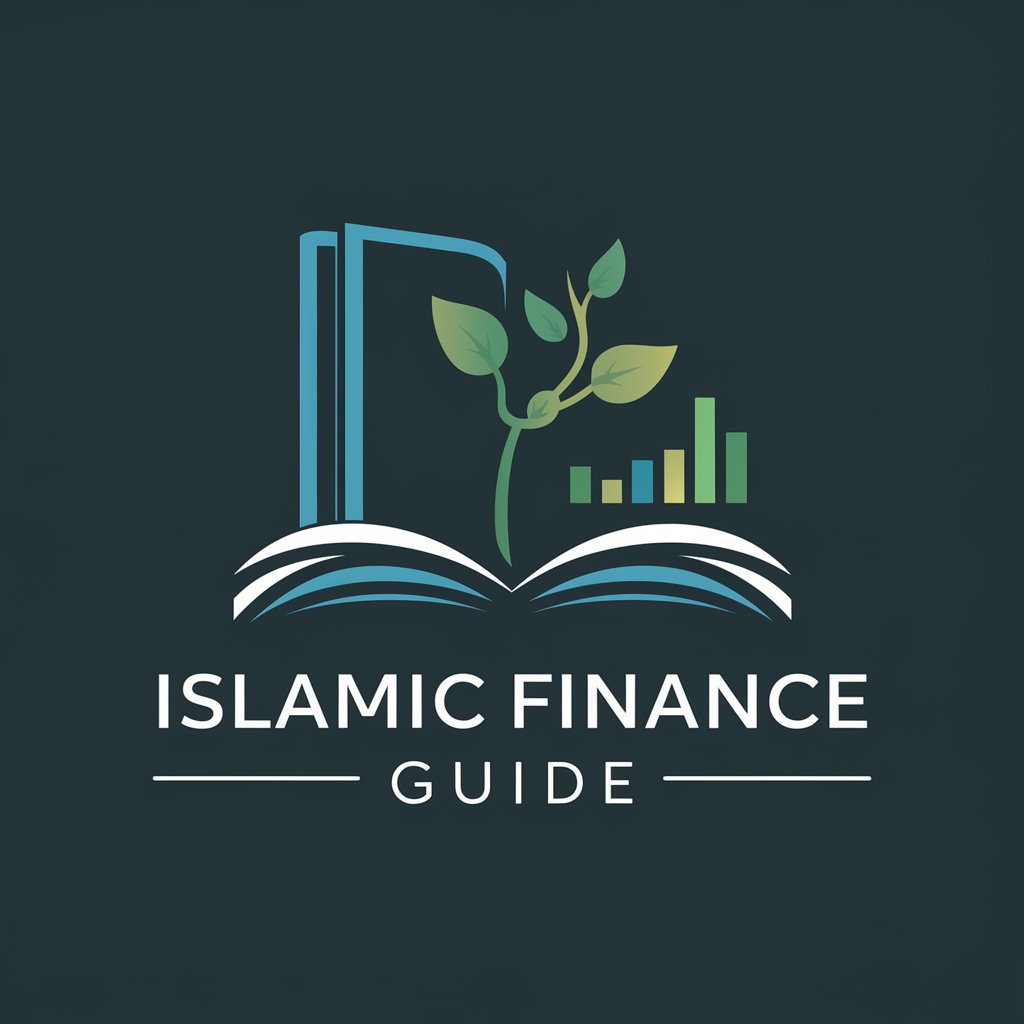
Islamic Banking Guide - Islamic Finance Insight

Welcome to your comprehensive guide on Islamic Banking.
Unlocking Islamic Banking with AI
Describe the key differences between Islamic and conventional banking.
Explain the concept of Mudarabah and its applications in Islamic finance.
Discuss the historical development of Islamic banking from its origins to the present day.
Outline the ethical principles that underpin Islamic financial transactions.
Get Embed Code
Islamic Banking Guide: Overview and Purpose
Islamic Banking Guide is designed as an educational and informative resource tailored to illuminate the intricacies and practices of Islamic banking and finance. It contrasts Islamic banking systems with conventional banking, emphasizing the principles of interest-free transactions, risk-sharing, ethical investing, and profit-and-loss sharing, in line with Islamic law (Sharia). The guide provides historical context, starting from the informal financial practices rooted in Islamic principles to the establishment and evolution of modern Islamic banking. Through detailed explanations of key terms like Riba, Mudarabah, Musharakah, Murabaha, and Sukuk, and their applications, the guide offers a comprehensive understanding of Islamic finance's religious, ethical, and economic dimensions. For example, explaining the Mudarabah (profit-sharing) concept involves illustrating how capital providers and entrepreneurs share profits and losses, reflecting risk-sharing and ethical investing principles foundational to Islamic banking. Powered by ChatGPT-4o。

Core Functions of Islamic Banking Guide
Educational Insights
Example
Riba (Interest) Prohibition
Scenario
An educator preparing a curriculum on Islamic economics uses the guide to explain the prohibition of Riba in Islamic finance, contrasting it with the interest-based transactions common in conventional banking, thereby offering students a clear understanding of Islamic banking principles.
Comparative Analysis
Example
Mudarabah vs. Venture Capital
Scenario
A financial analyst compares Mudarabah agreements in Islamic finance with conventional venture capital investments, using the guide to highlight similarities in risk and profit-sharing but noting the ethical and religious considerations unique to Mudarabah.
Real-World Applications
Example
Sukuk Issuance Process
Scenario
A finance professional explores the process and structures of issuing Sukuk (Islamic bonds), utilizing the guide to understand its compliance with Sharia law, and how it differs from conventional bonds, aiding in the development of a Sharia-compliant investment product.
Target User Groups for Islamic Banking Guide
Educators and Students
This group benefits from the guide's detailed explanations and historical context, enhancing academic curricula and understanding of Islamic finance principles, making it an invaluable resource for those in academic or learning environments.
Financial Professionals
Bankers, analysts, and investment professionals seeking to expand their portfolio to include Islamic financial products will find the guide useful for understanding Sharia-compliant instruments, ethical investing, and risk-sharing mechanisms, aiding in product development and investment strategies.
General Public with Interest in Islamic Finance
Individuals curious about ethical banking practices, interest-free transactions, and the economic principles of Islam can leverage the guide for personal knowledge enhancement, financial decision-making, or exploring investment in Islamic banking products.

How to Use Islamic Banking Guide
1
Begin by visiting yeschat.ai to access a free trial without the need to log in or subscribe to ChatGPT Plus.
2
Identify the specific area of Islamic banking you need assistance with, such as understanding Sharia-compliant financial instruments, Islamic banking principles, or comparisons with conventional banking systems.
3
Utilize the chat interface to ask your question. Be as specific as possible to ensure the guidance provided is tailored to your needs.
4
Review the detailed responses provided, which include key terms, concepts, historical context, and comparisons drawn from Islamic banking practices.
5
For complex inquiries or follow-up questions, leverage the sequential questioning feature to deepen your understanding or clarify any ambiguities.
Try other advanced and practical GPTs
Slide Wizard
Transforming text into presentations with AI.

Slide Maker
Effortless slide creation with AI.

Slime Sticker
Transform text into cute slime stickers

Alice
Empowering Conversations with AI

PDF Slice
Effortlessly slice PDFs with AI precision

GYMBO SLICE - Planet Fitness Edition
AI-powered fitness companion for Planet Fitness enthusiasts.

CSRD Expert
Navigate CSRD with AI-Powered Expertise

Clinical Trial Guide
Empowering decisions with AI-driven trial insights.

Clinical Trial Matcher
AI-powered Clinical Trial Matching

Private GPT Install Guide
Power your projects with private AI

AutoGPT Install Assistant
Streamlining AutoGPT Setup with AI

DocuGPT: Developing Documentation
Streamlining Compliance Documentation with AI

Islamic Banking Guide Q&A
What differentiates Islamic banking from conventional banking?
Islamic banking is distinguished by its adherence to Sharia law, prohibiting interest (riba) and emphasizing risk-sharing, ethical investing, and asset-backed financing, contrary to conventional banking's interest-based transactions.
Can Islamic Banking Guide explain specific financial instruments like Sukuk?
Yes, the guide provides detailed explanations of various Islamic financial instruments, including Sukuk, outlining their structure, Sharia compliance, and applications in Islamic finance.
How does Islamic Banking Guide assist with academic research?
The guide offers comprehensive insights into Islamic banking history, principles, and practices, making it an invaluable resource for students, educators, and researchers in drafting papers or understanding the field's nuances.
Is Islamic Banking Guide suitable for financial professionals unfamiliar with Islamic finance?
Absolutely, it serves as an educational tool that bridges knowledge gaps, offering detailed, easily understandable explanations on Islamic finance's workings for professionals transitioning into or interacting with Islamic financial sectors.
How does Islamic Banking Guide ensure compliance with Islamic law?
The guide draws upon a wealth of Islamic finance literature and Sharia expertise, ensuring that all provided information and recommendations are in strict alignment with Islamic law principles.





